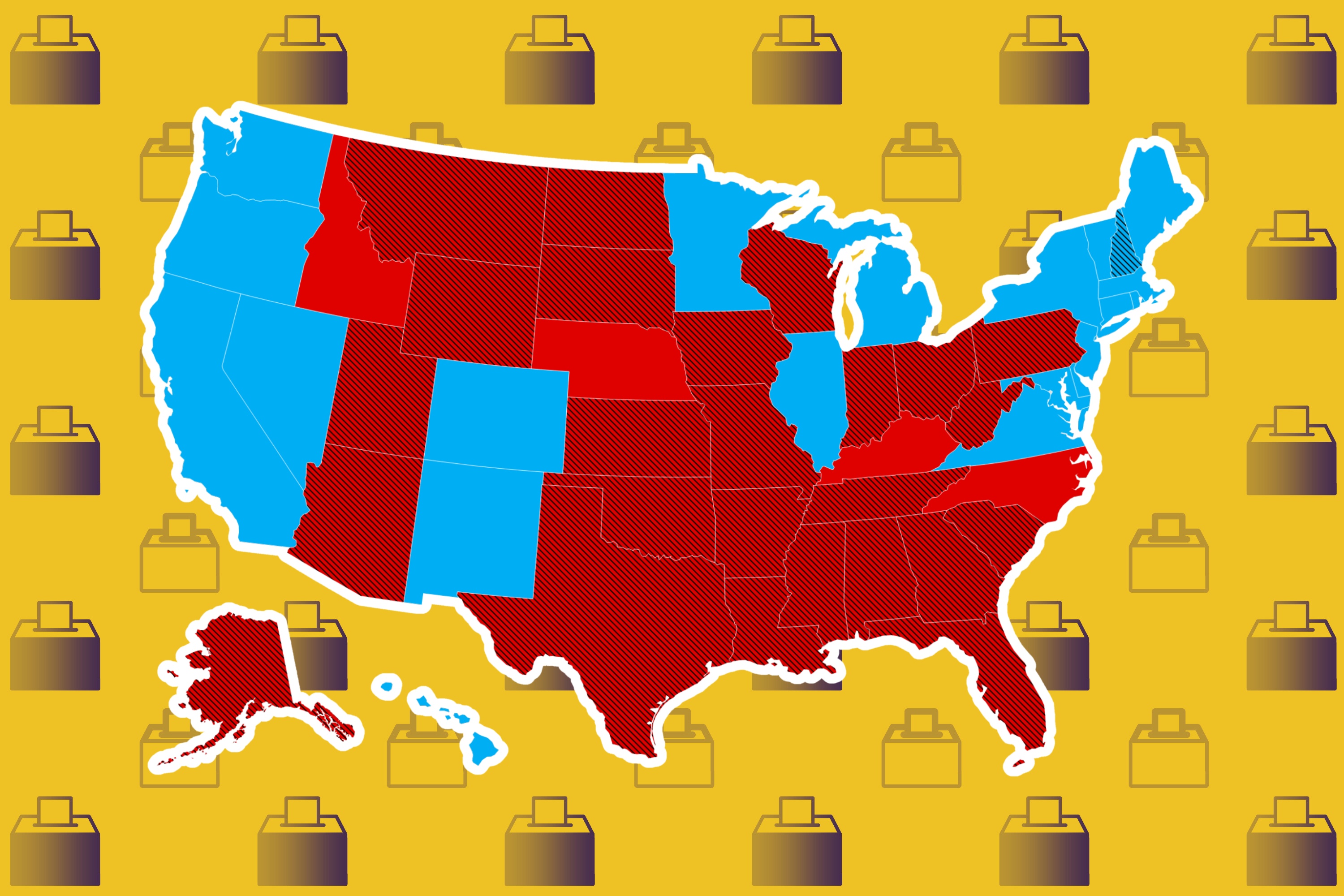How easy is it to cast your vote where you live?
While several states across the U.S. have made strides to improve voting accessibility in recent years, research from the Center for Public Integrity reveals that 26 states have actually made it harder to vote since 2020.
To assess how voting access has evolved, researchers Shortle and Kathryn Schumaker, a senior lecturer at the University of Sydney, dove into recent findings from the Center for Public Integrity.
The results show a mixed bag: voting access declined in 26 states, improved in 20, and remained unchanged in four. Notably, 74 percent of the states that restricted access are located in the South or Midwest. The most significant declines were reported in Southern states with large Black voter populations.
The political landscape of these changes is striking, with 25 out of the 26 states leaning Republican. Just one Democratic state, New Hampshire, faced a decrease in voting access during this period.
“Voting access isn’t inherently biased towards one party,” Shortle explained, “but in practice, restrictions are often enacted by Republican-controlled legislatures, favoring their candidates.”
So, what kinds of restrictions are we talking about?
According to Shortle, methods like gerrymandering, stringent voter ID laws, and the closure of polling places are just a few ways states limit voting. Other tactics include complicated registration processes, strict absentee and mail-in voting rules, aggressive voter roll purges, and decreased availability of ballot drop boxes on Election Day.
A lot of these restrictions can be traced back to former President Donald Trump’s unfounded claims of widespread voter fraud during the 2020 election. In Oklahoma, for instance, the governor proudly announced purging over 400,000 voters from the rolls, claiming it was in the name of preventing fraud. While some voters were legitimately ineligible due to death or felony convictions, many simply hadn’t voted since 2016.
“The presumption is that these people moved away, which leads to unnecessary voter suppression,” Shortle highlighted. Many disenfranchised voters might have missed the verification notice sent by mail or simply never received it.
These restrictions are having a tangible impact on voter turnout as well. Analysis from Shortle indicates that states with high barriers to voting saw average turnout at just 45.8 percent, compared to 49 percent in states with more accessible voting options. The national average sat at 46.2 percent.
“Voting should be straightforward,” Shortle asserted. “Democracy operates best when voters can easily make their voices heard.”
Furthermore, she pointed out that the current state of affairs is affecting Americans on a mental health level, suggesting that we need to improve this situation for the sake of both democracy and personal well-being.
You can find more insights from Shortle and Schumaker in their detailed article available on The Conversation.

